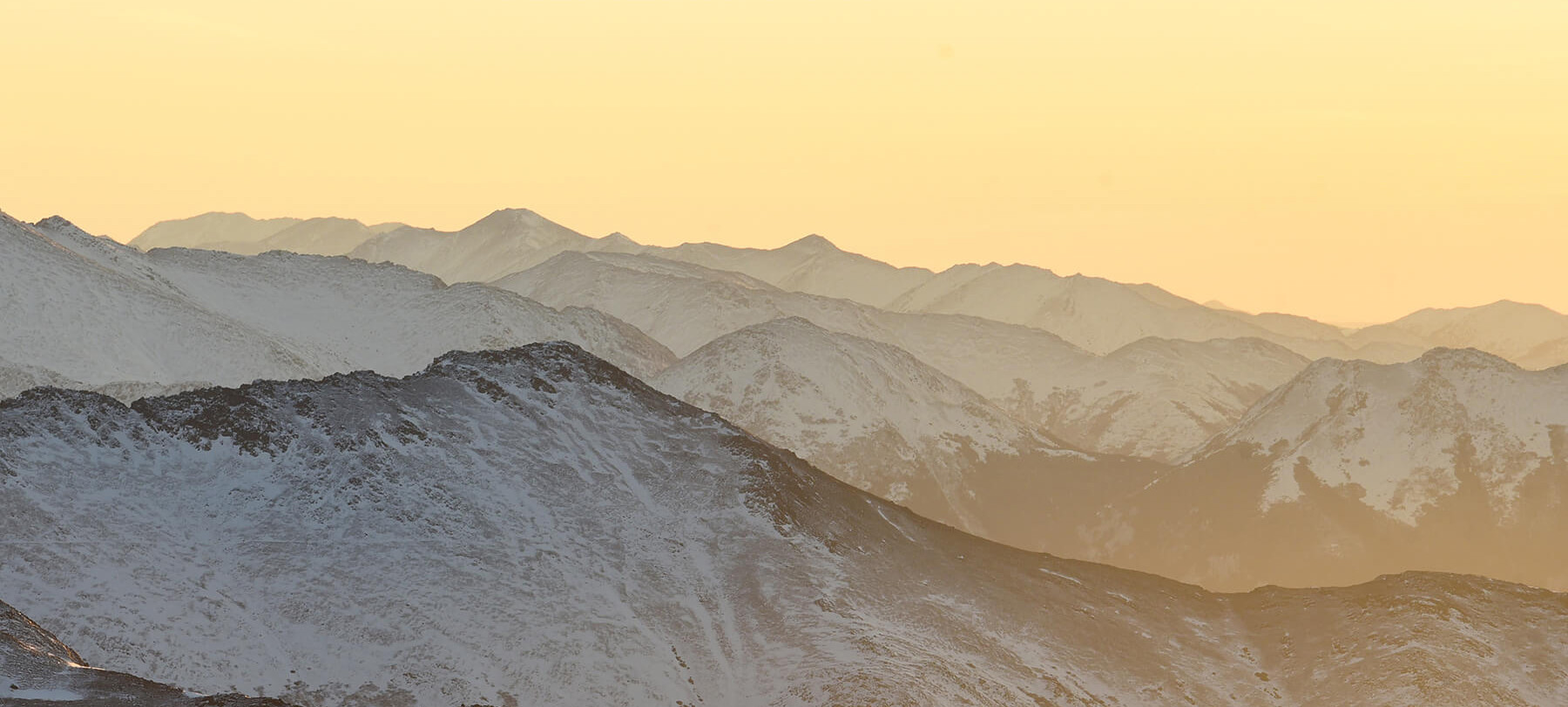
You should be shooting telephoto landscapes
5 minute read
The wide-angle lens has been the go-to when shooting the great outdoors for as long as they’ve been around, but a telephoto lens can be of just as much use in your landscape photography.
To this day, the wide-angle lens reigns supreme in the field of landscape photography, and for good reason. Of course, it has a wide angle of view that’s perfect for capturing rolling hills or expansive mountains, and that’s what landscape photography is all about, isn’t it? Well, not always.
We’re here to convince you to make room in your bag for something a little longer and give telephoto landscape photography a try. Why? Because shooting with a longer lens offers a lot of potential, mainly for reasons directly opposite to those that make the wide-angle so great.
Here’s how to get great shots and ensure your telephoto landscape photography is the best it can be.
Access all areas
The first and most obvious draw of a telephoto lens is the practicality. Opting for longer glass lets you get close to otherwise impossible subjects, and this can be of particular use when it comes to landscapes.
If there’s a section of landscape you want to photograph but aren’t able to get close to, then a wide-angle lens isn’t going to do you any favours. If you want to shoot a mountain range without even putting your hiking boots on, a long enough lens can make that happen.
If you have climbed that mountain, all the better, as telephoto lenses come into their own from a height. You can have too much of a good thing, and from a distance, the seemingly endless stretch of land that a wide-angle will show can be too much. Instead, a narrower angle of view can be desirable.
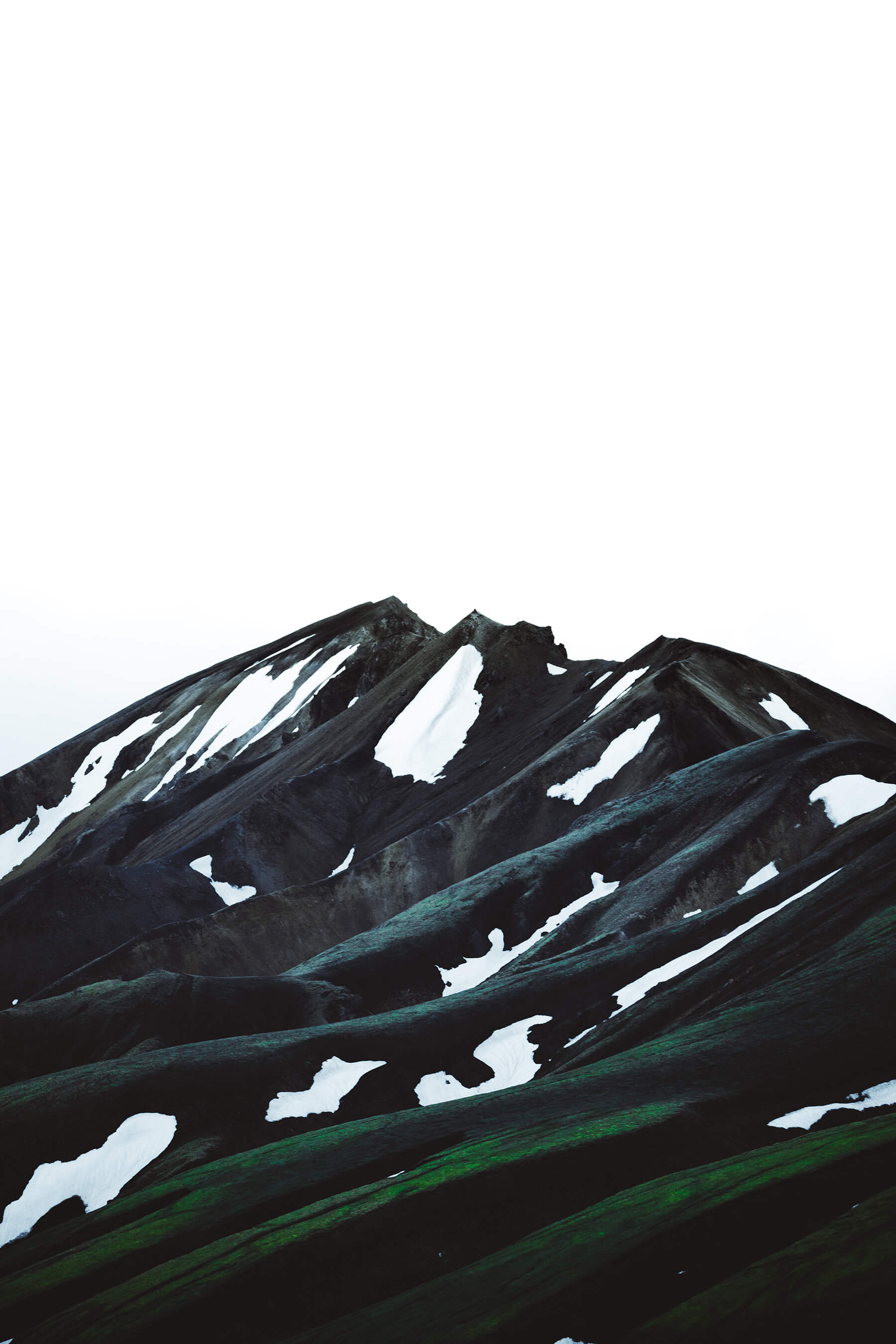
Image Given the terrain, capturing this small section of landscape would have been all but impossible from a closer position (credit: Joshua Fuller)
Isolate a subject
To take the previous point even further, isolating a subject within your telephoto landscape photography can produce some stunning results. With a wide-angle lens, objects that could be a perfect focal point can get lost in a scene. By closing in on that subject and having it feature more heavily within your image, you could be doing yourself a real favour.
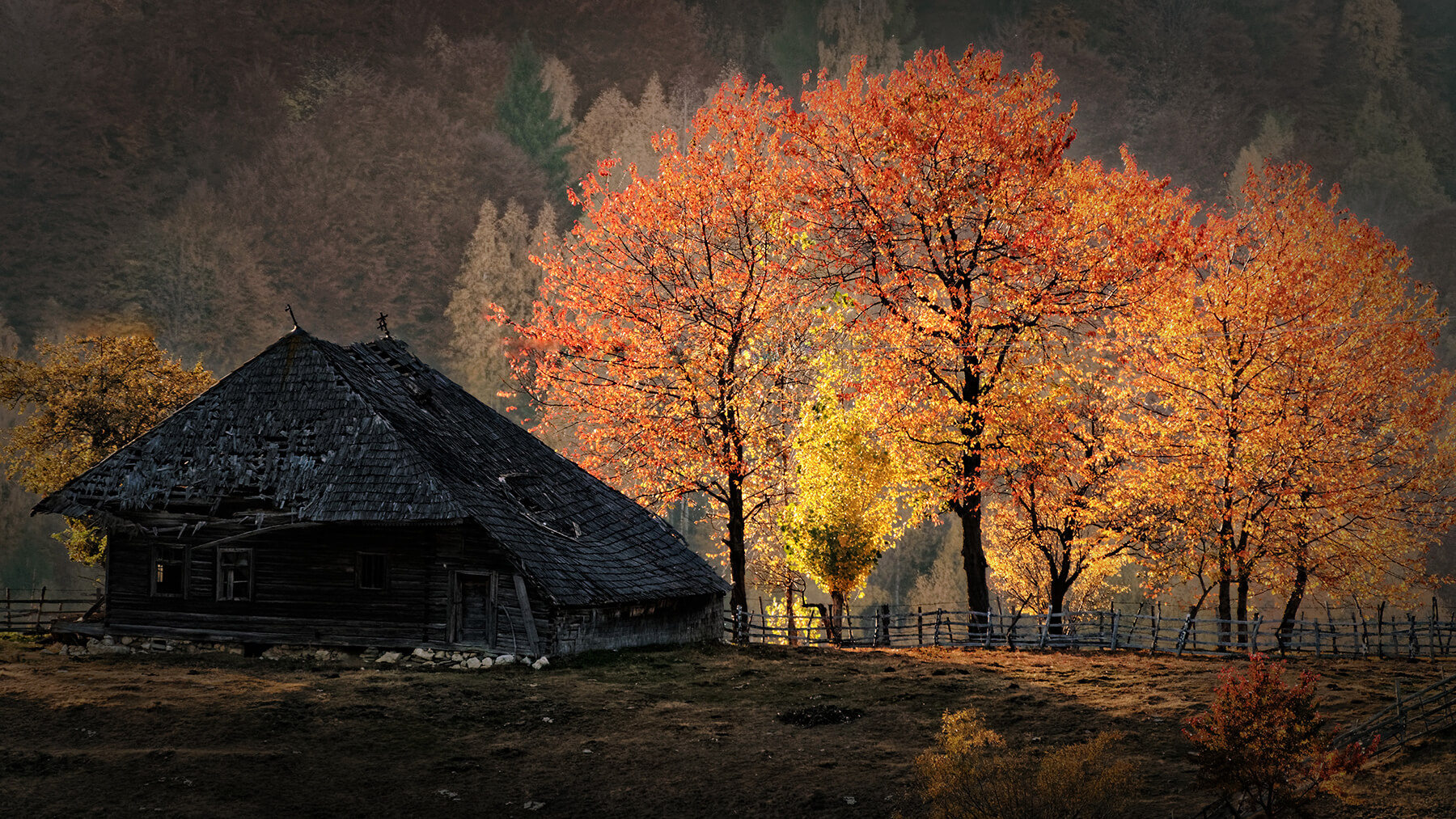
Image This shot was taken using a 400mm lens and isolates a small section of the broader landscape perfectly
Compression
Undoubtedly, one of the best functions of a telephoto lens is compression. We wrote about compression in our broader telephoto lens feature, but more specifically, it can be used to great effect in your telephoto landscape photography.
For those that don’t know, in short, a wide-angle lens exaggerates the distance between objects in your photo, while a telephoto lens compresses the image and makes object appear closer together.
The uses of this when shooting landscapes are numerous. It can give your photo a fuller look, it maintains detail in more distant objects, and when shooting at sunrise or sunset, it makes the sun appear much larger.
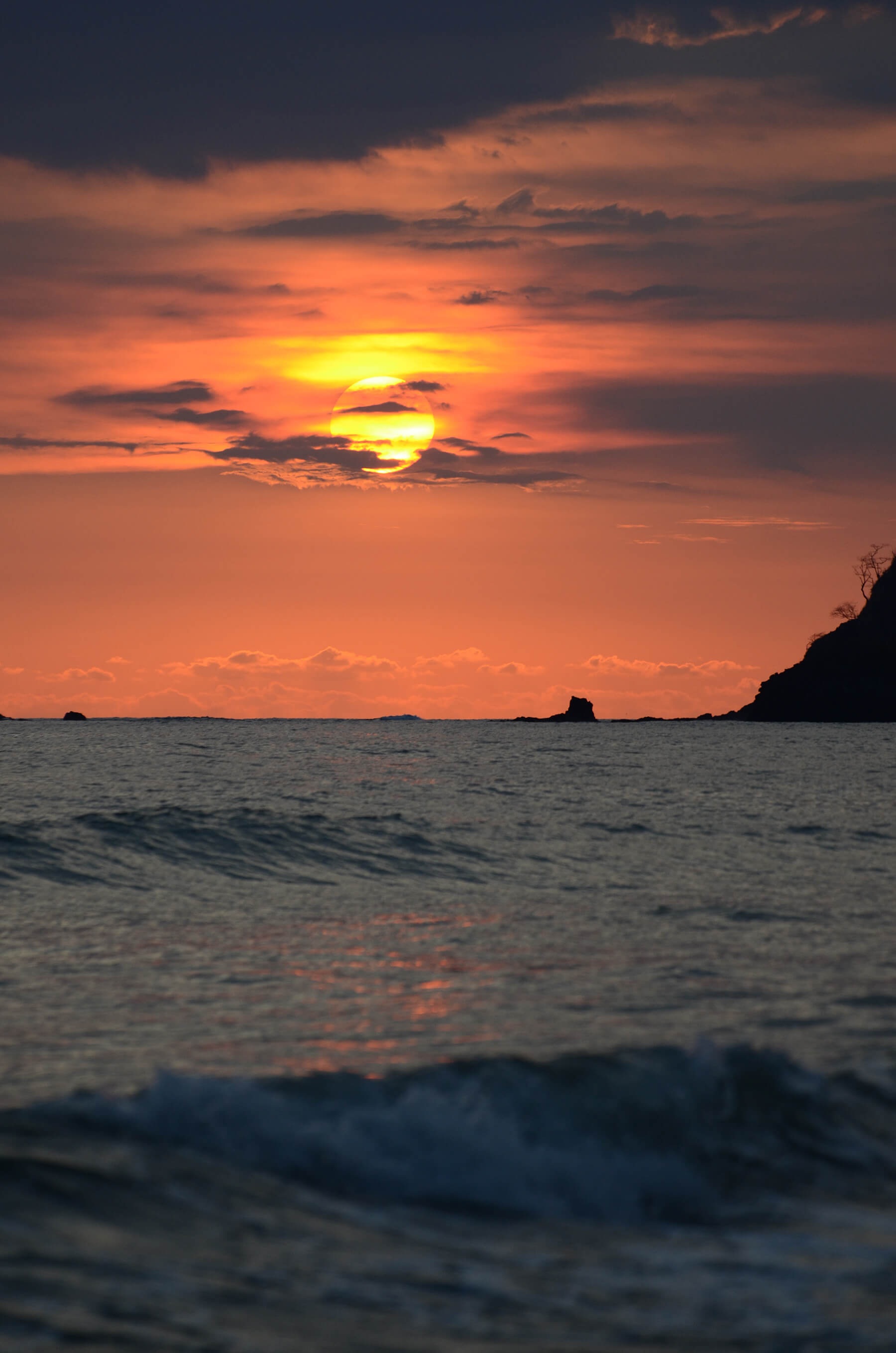
Image In this sunset seascape, shot with a 190mm lens, the sun is much more a part of the scene than it would have been with a wider lens (credit: Jan Zikan)
Slowing down and speeding up
One of the side effects of a telephoto lens’ compression is a shallower depth-of-field, which, of course, usually isn’t wanted in landscape photography. As such, it’s advisable to avoid faster apertures – even more than you would with a wider lens.
Another thing you should know about the telephoto lens is that it can exacerbate camera shake. A good rule of thumb for shooting handheld is matching whatever your focal length is. For example, a 200mm lens would require a minimum 1/200sec shutter speed.
As we’ve covered, in most cases you’ll need a narrow aperture, and with the need for a fast shutter speed, the only way to shoot handheld is by setting an extremely high ISO. There is another option, though: a tripod.
It’s likely you’ll take a tripod along to most of your landscape shoots anyway, it’s just worth noting that in the case of telephoto landscape photography, it’s more important than ever.
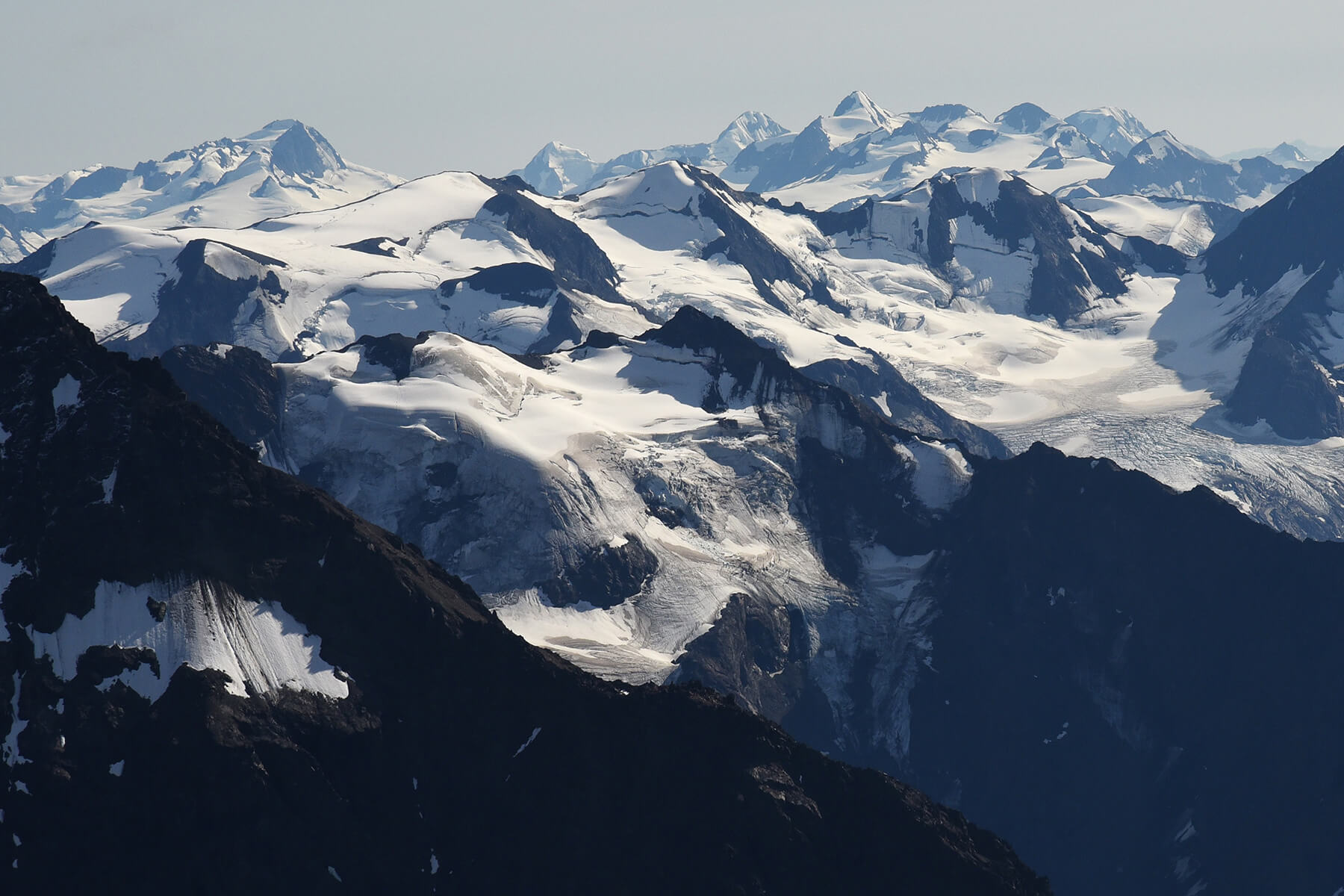
Image A deep depth-of-field is still very possible, even with a long lens’ compression, as seen in the case of this mountain scape taken with a 120mm lens at f/13 (credit: Paxson Woelber)
Will you be shooting some telephoto landscapes? Maybe you already have. Either way, we’d love to see the results! Tag us in your photos on Instagram and Twitter using the handle @photonewspn
Don’t forget to sign up to receive our newsletter below, and get notified about the new issue, exclusive offers and competitions.




